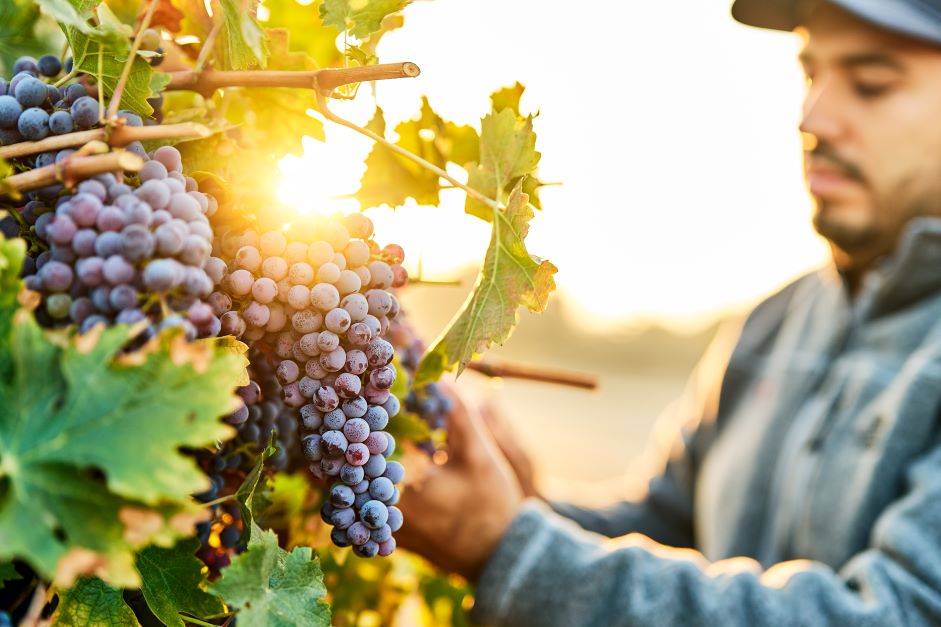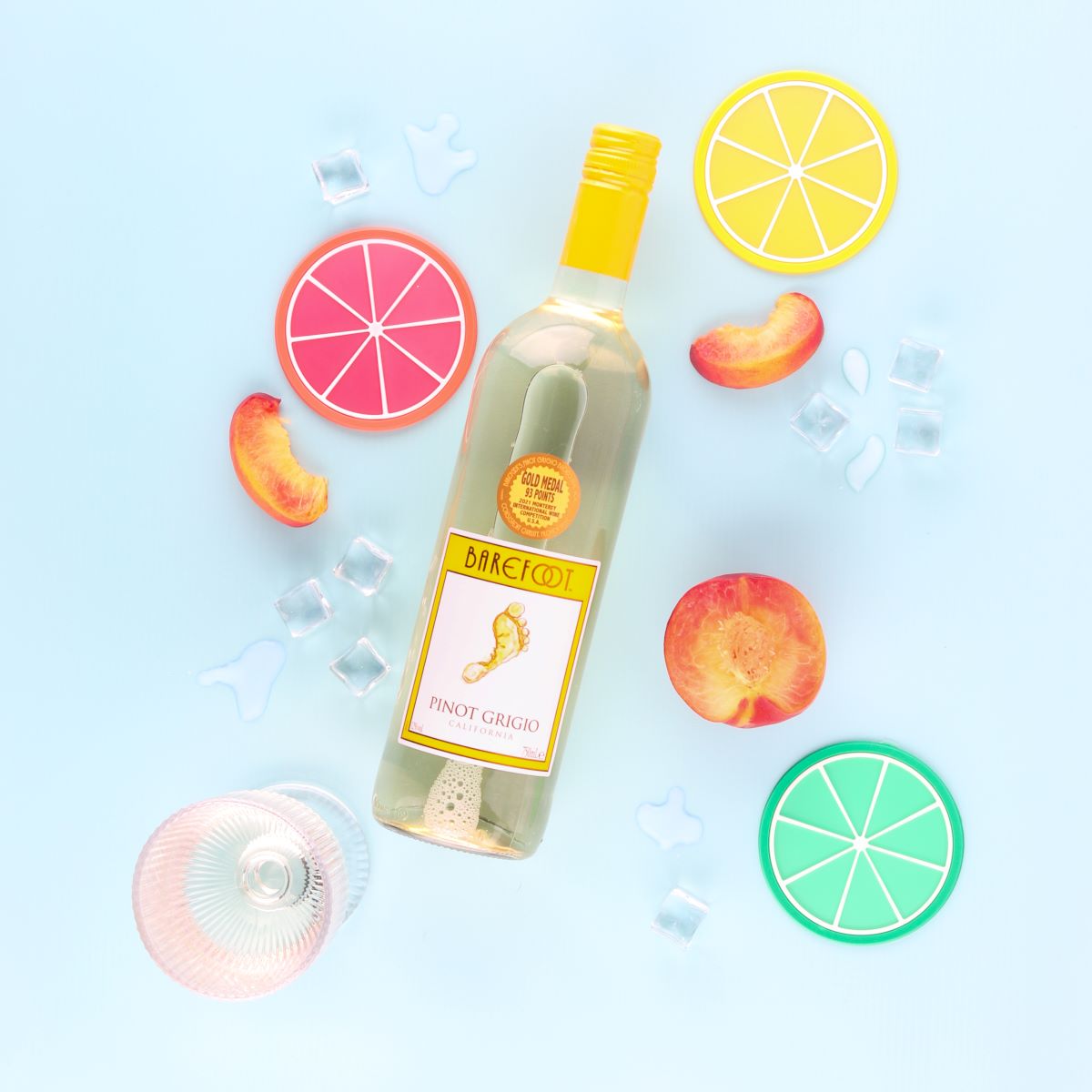If you've ever found yourself staring at a wine list, feeling slightly overwhelmed and thinking, "What on earth is a tannin, and why does this wine smell like a forest?", then this guide is just for you. Grab a comfy chair, pour yourself a glass (or a mug, we won't judge), and let's dive into the delightful world of wine tasting together. And don't worry, we promise to keep things light, fun, and utterly un-snobby!
Wine tasting might seem like a sophisticated art reserved for connoisseurs, but trust us, it's all about enjoying the experience and discovering new flavours. Whether you’re a total newbie or someone who just wants to learn a bit more, this guide will have you swirling, sniffing, and sipping with confidence in no time. We’ll cover everything from the basics of how wine is made to some fun tasting tips. So let’s get started!
The Magic of Wine: How Wine is Made
Before we get to the tasting part, let's take a little detour to the vineyard and the winery. Understanding how wine is made can truly enhance your appreciation for every sip. Don't worry, we won't get too technical – just enough to make you feel like a mini-expert at your next dinner party.
How is Red Wine Made?
Red wine starts its journey in the vineyard, where dark-coloured grape varieties like Cabernet Sauvignon, Merlot, and Malbec are harvested. Here's a simple breakdown of the process:
Harvesting: Grapes are picked, usually in the cool early morning to preserve their freshness.
Crushing and Destemming: The grapes are then crushed to release their juice. The stems are removed, but the skins and seeds are kept. This is crucial because the skins contain the pigments and tannins that give red wine its colour and structure.
Fermentation: The juice, skins, and seeds are placed in large fermentation tanks. Yeast is added, which converts the sugars in the grape juice into alcohol. This process can take anywhere from a few days to a few weeks.
Pressing: After fermentation, the mixture is pressed to separate the liquid wine from the solid skins and seeds.
Aging: The wine is aged in barrels (often oak) or tanks. Aging can last from a few months to several years, and it helps to develop the wine's flavours and smooth out its texture.
Bottling: Finally, the wine is filtered, bottled, and ready to be enjoyed!
How is White Wine Made?
White wine can be made from both white and red grape varieties, but the key is that the skins are removed early in the process. Let’s break it down:
Harvesting: Just like with red wine, grapes are picked at their peak ripeness.
Crushing and Pressing: The grapes are crushed, and the juice is immediately separated from the skins and seeds. This is what gives white wine its lighter colour and different flavour profile.
Fermentation: The clear grape juice is then fermented in tanks. This process is similar to red wine fermentation, but without the skins and seeds, and the resulting wine is lighter and crisper.
Aging: White wine can be aged in stainless steel tanks for a fresher taste or in oak barrels for a richer, more complex flavour.
Bottling: After aging, the wine is filtered and bottled, ready to be chilled and savoured.
How is Rosé Wine Made?
Rosé is the perfect middle ground between red and white wines. It’s made from red grapes, but with a shorter skin contact time. Here’s how it works:
Harvesting: Red grapes are harvested, just like for red wine.
Crushing and Pressing: The grapes are crushed, and the juice is left in contact with the skins for a short period – typically just a few hours to a couple of days. This brief contact gives rosé its lovely pink hue.
Fermentation: The juice is then separated from the skins and fermented like a white wine, resulting in a lighter, more delicate flavour.
Aging: Rosé is usually aged for a shorter period, often in stainless steel tanks, to maintain its fresh and fruity character.
Bottling: Once aged, the rosé is filtered and bottled, ready to bring a touch of summer to your glass!

Wine Tasting 101: The Basics
Now, let's get to the fun part – tasting the wine! Here are some simple steps to help you savour every sip like a pro (without turning into a wine snob, we promise).
1. See
First things first, take a good look at your wine. Hold your glass up to the light and admire the colour. Is it a deep ruby red, a pale golden yellow, or a delicate pink? The colour can give you clues about the wine's age and grape variety.
2. Swirl
Give your glass a gentle swirl. This helps to release the wine's aromas, making it easier to pick up on those delightful scents. Plus, it looks pretty fancy, doesn't it?
3. Sniff
Now, stick your nose in the glass (not too far!) and take a deep sniff. What do you smell? Fruits, flowers, spices, maybe even a hint of vanilla or chocolate? There's no right or wrong answer here, just trust your nose and enjoy the experience.
4. Sip
Finally, it's time to taste! Take a small sip and let the wine roll around your mouth. Pay attention to the flavours and textures. Is it sweet or dry? Light or full-bodied? Do you taste fruits, herbs, or maybe even a hint of oak? Again, there's no wrong answer – just enjoy the journey.
5. Savour
Take a moment to savour the aftertaste, or finish. How long do the flavours linger on your palate? A good wine will leave a lasting impression.
Tasting Barefoot Wines
If you're new to wine tasting, starting with well-loved and approachable wines like our Barefoot range is a great idea. Here are a few to get you started:
- Barefoot Pinot Grigio: This white wine is crisp, refreshing, and bursting with notes of green apple, citrus, and a hint of peach. It's perfect for a sunny afternoon or as an accompaniment to light salads and seafood.
- Barefoot Merlot: This red wine is smooth and easy-drinking, with notes of blackberry, plum, and a touch of chocolate. It's a great introduction to red wines and pairs wonderfully with pasta dishes and grilled meats.
- Barefoot White Zinfandel: Light, sweet, and oh-so-refreshing, this rosé has hints of strawberries, pears, and pineapple. It's like a summer picnic in a glass and perfect for sipping on a warm day or pairing with spicy dishes.
- Barefoot Buttery Chardonnay: This white wine lives up to its name with a rich, creamy texture and notes of ripe apple, vanilla, and a hint of oak. It's a delightful choice for those who love a fuller-bodied white wine and pairs beautifully with roasted chicken or creamy pasta dishes.
- Barefoot Zinfandel: This bold red wine offers a burst of raspberry, cherry, and a touch of spice, making it a fantastic choice for those who enjoy a bit of complexity. It's perfect for pairing with hearty dishes like barbecued ribs or a juicy steak.

Wine Tasting Tips for Beginners
Don't Stress About the Jargon: Words like "terroir" and "bouquet" might sound fancy, but at the end of the day, wine tasting is all about enjoying yourself. Don't worry about using the "right" terms – just focus on what you like and why.
Experiment and Explore: Wine tasting is a journey, not a destination. Try different types of wine, from different regions and grape varieties. You never know what new favourite you might discover!
Pair with Food: Wine and food are a match made in heaven. Experiment with different pairings to see how the flavours complement each other. Cheese and wine nights, anyone?
Take Notes: Keep a little wine journal to jot down your thoughts on the wines you try. It's a fun way to remember your favourites and track your journey.
Have Fun: Most importantly, remember that wine tasting is meant to be enjoyable. So relax, have fun, and don't take it too seriously!
So there you have it, your very own beginner's guide to wine tasting. Whether you're sipping on a sweet Barefoot Moscato or exploring the depths of a rich Merlot, we hope this guide helps you savour every moment. Cheers to new adventures and delicious discoveries!
Happy sipping!